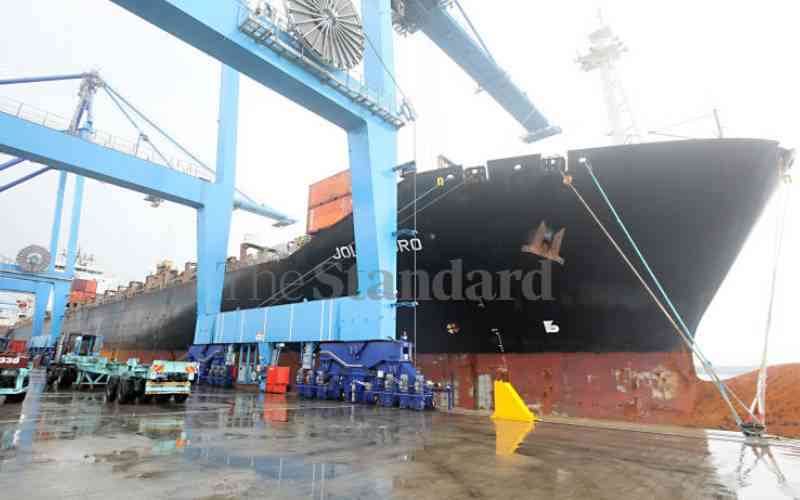
Kenya is on the brink of a maritime renaissance, poised to rival the likes of the Philippines, which remarkably contributes a third of the world’s maritime workforce.
This burgeoning sector is not just a beacon of hope for Kenya’s economy but a transformative force for its youth employment landscape.
International shipping lines have been instrumental in this transformation, creating a staggering 5,000 annual job openings for Kenyan youth. This surge in employment is a welcome change from the traditional labor sources in the maritime industry, including the Philippines, India, and Eastern Europe. Kenya’s selection by these global players is a testament to its robust tourism sector, command of the English language, and exemplary work ethic.
The Covid-19 pandemic momentarily cast a shadow over this growth, but the resilient cruise industry’s rebound is once again fuelling the demand for skilled Kenyan seafarers. The implications for Kenya’s GDP are profound, with the potential for significant economic injections through remittances, as seafarers can send back up to 90 per cent of their earnings, thanks to reduced living costs at sea.
Betty Makena, International Transport Federation Mombasa Port Inspector, champions this sector for its pivotal role in curtailing youth unemployment in Kenya. She advocates for government support to further this cause, emphasizing the need for streamlined passport issuance and vaccinations, which are essential for the global mobility of these young seafarers.
Seafarers are the unsung heroes of global trade, and their role in Kenya’s economic narrative cannot be overstated. As the lifeline of international trade, maritime transportation is integral to the global movement of goods. The importance of this industry was starkly highlighted during the 2021 Suez Canal blockage by the Evergreen, demonstrating the critical nature of maritime transit in global trade dynamics.
Despite the sector’s challenges, such as demanding work conditions and the need for specialized training, Kenya’s youth are stepping up, ready to embrace these roles. The traditional image of seafaring, marred by extended family separations and limited shore leaves, is being redefined by these young, enthusiastic Kenyans.
The Kenyan government’s engagement in this sector is paramount. By facilitating the work of international shipping lines within Kenya, the government can ensure the continuous growth and sustainability of this sector. This involves not only simplifying bureaucratic processes for shipping companies but also investing in port infrastructure, enhancing maritime education and training, and ensuring compliance with international maritime regulations. Such proactive involvement by the government will solidify Kenya’s position as a key player in the global maritime industry and further bolster its economy.
Kenya’s maritime sector is not only about employment but also about empowering its youth with skills and opportunities that have far-reaching implications for personal development and national growth. The sector’s growth is a catalyst for Kenya’s GDP, offering a sustainable and lucrative pathway for the country’s young population.
The Philippines serves as an inspiring benchmark in this regard. With its strategic geographical location and a strong maritime tradition, it has become a global leader in maritime labor. Kenya, with its strategic position on the East African coast, is well-placed to emulate this success, translating maritime opportunities into economic prosperity.
In conclusion, Kenya’s maritime sector, buoyed by international shipping lines, is more than just a job market for its youth; it’s a gateway to economic stability and growth. As Kenya navigates this blue economy, the promise of enhanced GDP and reduced youth unemployment is not just a distant dream but a rapidly materializing reality.